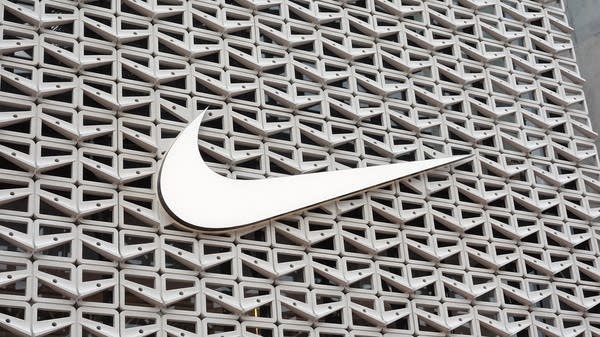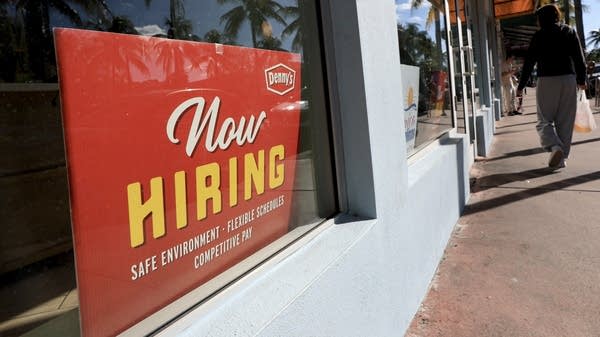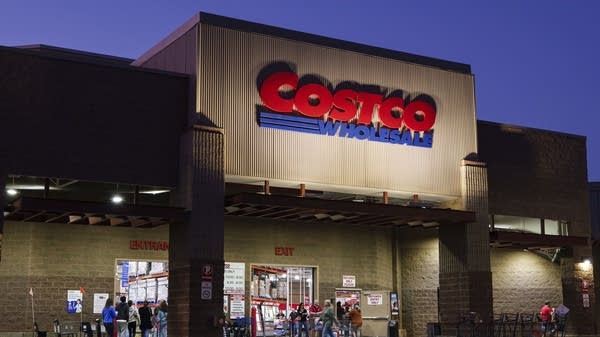Nike aims to regain premium status with innovative offerings and higher prices
In recent years, the brand tried to appeal to a mass market and ended up having to heavily discount its shoes. A new CEO is changing that approach.

Nike probably isn’t dazzling any investors with its quarterly earnings report this week. Business hasn’t really been winning the last couple of years. But with a new CEO, the athletic wear company is trying to change course.
One part of the long-term strategy? Pull back on discounts and lean into a premium brand identity. It’s even raised prices on some high-end products.
This sounds a bit counterintuitive given what we know about consumers right now and how they’re often searching for value in the face of higher prices and economic uncertainty.
Jemayne Lavar King is a bona fide sneakerhead. He wrote his dissertation on them and now teaches courses on sneaker culture at Virginia State University. His obsession started at age six with his first pair of Nike’s and he’s now collected hundreds of pairs.
“This room, I converted into a closet,” he said. “And they’re 360 degrees—hangers and sneakers.”
But he said the brand has lost some luster over the years.
“What used to be premium is no longer being made,” he said. “And they’re not innovating new product or making new designs that are invigorating.”
“They, maybe a little bit, tried to be all things to all people,” said Scott Markman, who heads branding agency MonogramGroup.
“And once you make decisions to a little bit erode your brand, it’s hard to get it back.”
In recent years, Nike has had to heavily discount — and lost market share to smaller premium brands like Hoka and On.
Regaining an edge will cost them, said marketing professor Barbara Kahn at the Wharton School.
“In order to keep a premium product, you have to invest in product innovation, which is very expensive,” she said. “But historically, even in hard economic times, some consumers have been willing to pay top dollars for the right products.”
This week Nike announced a forthcoming Air Max loafer that’s already listed for resale at more than $500.
If Nike wants to reclaim its premium position, it will need more than hype — it’ll need innovation that sticks.













